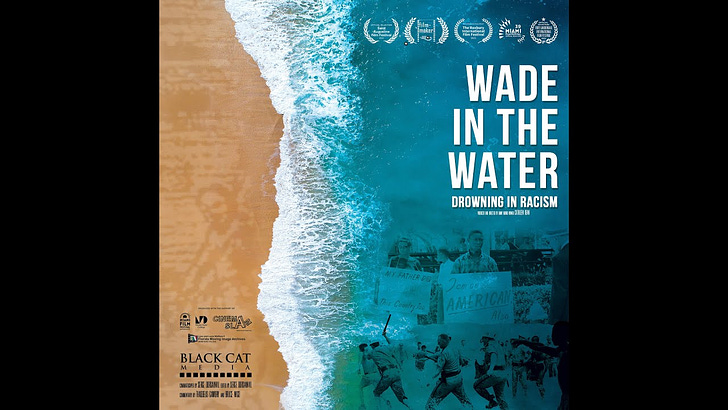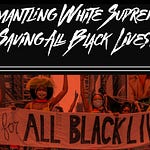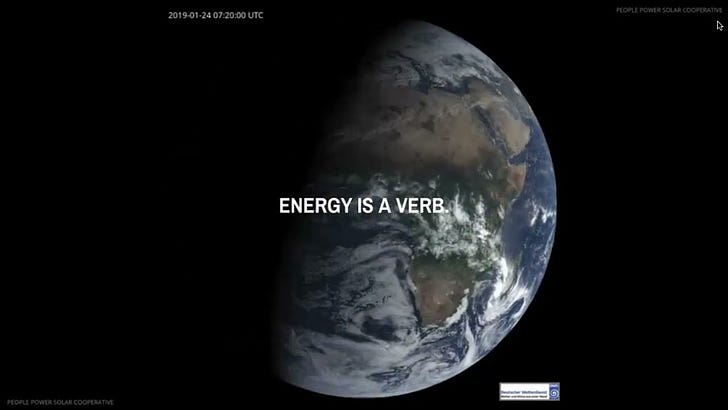Hello, Everyone! Welcome back to Brym - it’s Season 2, Episode 10! We will be producing 2-3 more stories in Season 2 before regrouping over the Summer to think about the next evolution of our Storytelling Platform. Thank you for being here and a part of this exciting ride that’s just getting started!
Today’s Climate Story is a core inspiration for how we hope Brym’s storytelling can make a jump to the next level… diving into the power of short film and documentaries with Cathleen Dean. We dive deep into her new short film, ‘Wade in the Water’ and how it intersects with the amazing work of Dr. Miriam Lynch and Diversity in Aquatics.
After the trailer, Cathleen has also been kind enough to share a ‘Step-by-Step Guide to Making a Documentary Film’!! So if you have a story you want to tell - feel free to learn from her guide and connect directly!
Diving Deep: The Power of Documentary Storytelling & Water Activism
Author: Cathleen Dean, April 26, 2023
Documentary films have the power to move, inspire, and educate audiences in ways that traditional Hollywood blockbusters cannot. They are a form of storytelling that allows filmmakers to shed light on important issues, and to share perspectives that are often overlooked or ignored. 'Wade in the Water' is one such documentary that has captured the hearts and minds of audiences around the world. Directed by Cathleen Dean, the film explores Black Florida’s fight for the right to swim. The film brings to life the 1960s Civil Rights protests that desegregated the state’s beaches and swimming pools and sheds light on the historical, cultural and spiritual connection BIPOC communities’ have with the water.
Trailer: Introduction to 'Wade in the Water: Drowning in Racism'
A Step-by-Step Guide to Making a Documentary Film
Pre-production: Planning and research
Before you start shooting your documentary, it's important to spend time planning and researching your subject. This will help you develop a clear vision for your film and ensure that you have all the resources you need to make it a success.
Finding your story: Choosing a subject and honing your focus
The first step in making a documentary is to choose a subject that you're passionate about. This could be a social issue, a historical event, or a person or group of people that you find interesting. Once you've chosen your subject, it's important to hone your focus and develop a clear vision for your film. This might involve conducting interviews, doing research, and creating a storyboard or outline of your film.
Creating a budget and securing funding
Making a documentary can be expensive, so it's important to create a budget and secure funding before you start shooting. This might involve applying for grants or pitching your film to investors. You'll also need to consider the cost of equipment, travel, and other expenses.
Production: Shooting your documentary
Once you've completed the pre-production phase, it's time to start shooting your documentary. This is where you'll bring your vision to life and capture the footage you need to tell your story.
Directing and interviewing techniques
As a documentary filmmaker, your job is to capture the essence of your subject and tell their story in a compelling way. This requires strong directing and interviewing skills. You'll need to be able to put your subjects at ease, ask thought-provoking questions, and capture their personalities and emotions on camera.
Capturing B-roll footage and visuals
In addition to interviews and talking heads, your documentary will also need B-roll footage and other visuals to help tell your story. This might include footage of your subjects in their natural environment, archival footage, or other relevant visuals that help illustrate your point.
Post-production: Editing your documentary
Once you've completed the production phase of your documentary, it's time to start editing your footage. This is where you'll craft your story and bring all of your elements together into a cohesive whole.
Choosing the right editing software and tools
There are many different editing software and tools available for documentary filmmakers. It's important to choose the right one for your needs and budget. Some popular options include Adobe Premiere Pro, Final Cut Pro X, and Avid Media Composer.
Adding music and sound effects
Music and sound effects can help bring your documentary to life and add emotional depth to your story. Whether you're looking for a poignant piano ballad or a pounding electronic beat, there are many different options to choose from. You'll also need to consider sound effects, such as ambient noise or sound effects that help illustrate the action on screen.
Distributing and promoting your documentary
Once you've completed your documentary, it's time to start getting it out into the world. This might involve submitting it to film festivals, distributing it online, or pitching it to broadcast networks or streaming services.
Film festivals and other opportunities for exposure
Film festivals are a great way to get your documentary in front of audiences and industry professionals. There are many different festivals to choose from, ranging from small local events to international showcases. You'll need to research the different festivals that are a good fit for your film and submit your documentary for consideration.
The rewards of documentary filmmaking
Documentary filmmaking is a challenging and rewarding art form that allows you to tell important stories and shed light on important issues. It requires planning, research, and hard work, but the end result can be a powerful and moving film that inspires and educates audiences.
Conclusion
Documentary filmmaking is a powerful tool for shedding light on important issues and sharing unique perspectives. 'Wade in the Water: Drowning in Racism' is a perfect example of a documentary film that uses all of the elements discussed above to create a truly impactful and moving viewing experience. Through its stunning visuals, compelling storytelling, and exceptional sound design and music, the film has touched the hearts and minds of audiences around the world. Aspiring documentary filmmakers should take note of the techniques used in 'Wade in the Water: Drowning in Racism', and continue to push the boundaries of the art form in new and exciting ways.
Thank you so much to Cathleen and Dr Lynch for sharing their wisdom!! Be on the lookout for our next Climate Story coming soon moving from the focus of Water to Community Energy!!
Have a great rest of the week and a safe weekend, everyone!















